Cricket Champions
Introduction
Text-to-speech Audio
Competitions to determine which cricket can sing the loudest or fight the longest have been a tradition for centuries in Asian countries. Valuable crickets were housed in stylish cages and treated like royalty. Superior male crickets, with large, well-shaped heads, big mandibles and fighting spirits, are coveted and expensive in China and Japan. Fighting and singing cricket contests are traditions dating back more than a thousand years and are taken very seriously. Millions of dollars are spent on cricket sales and care each year. Betting on the fiercest fighters or the loudest singers, while illegal, is big business...
Click on the picture of the dark brown cricket cage to start the slide show...
Images
Valuable crickets were housed in stylish cages and treated like royalty.
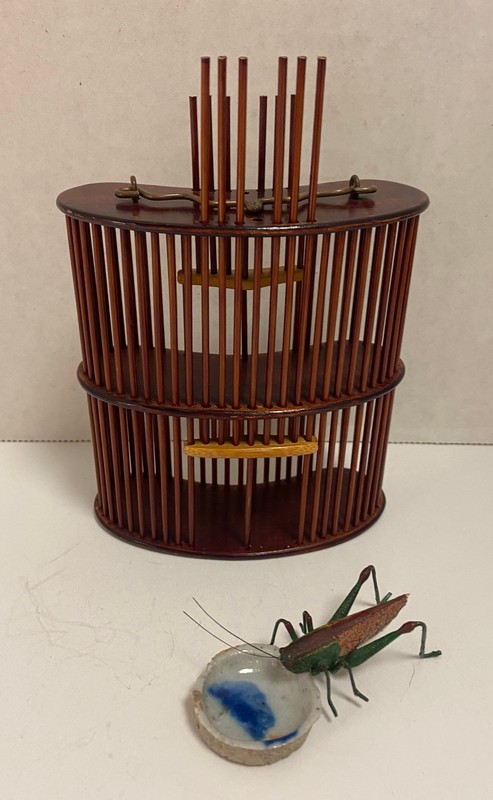
Crickets are weighed to determine their fighting category.
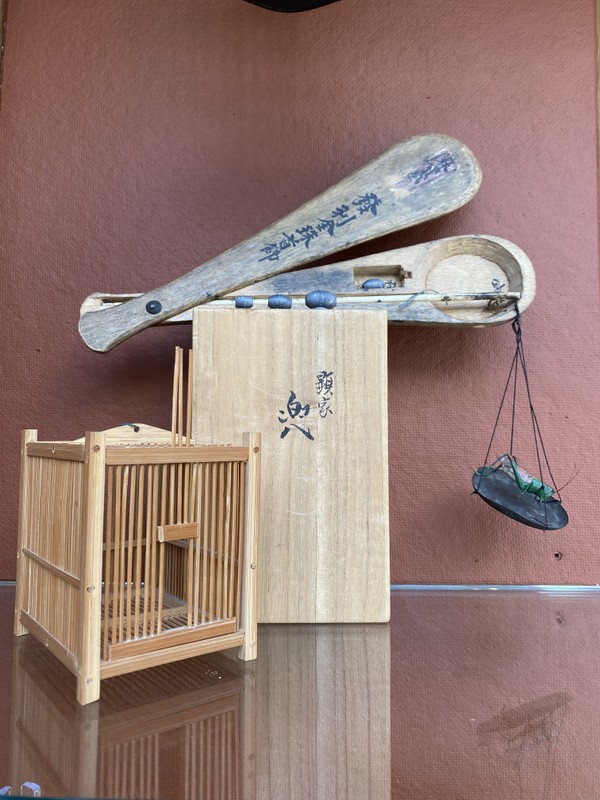
A comfortable cricket cage made of wood.
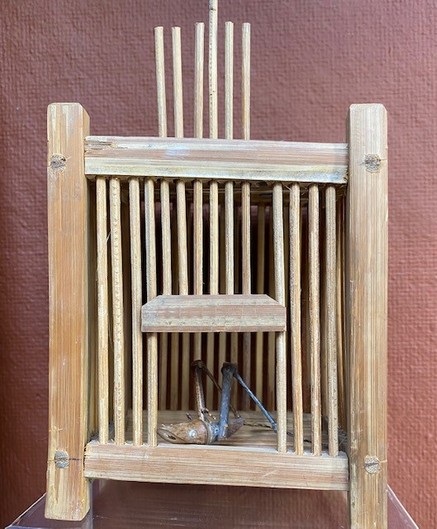
Gourds can be used as cages.
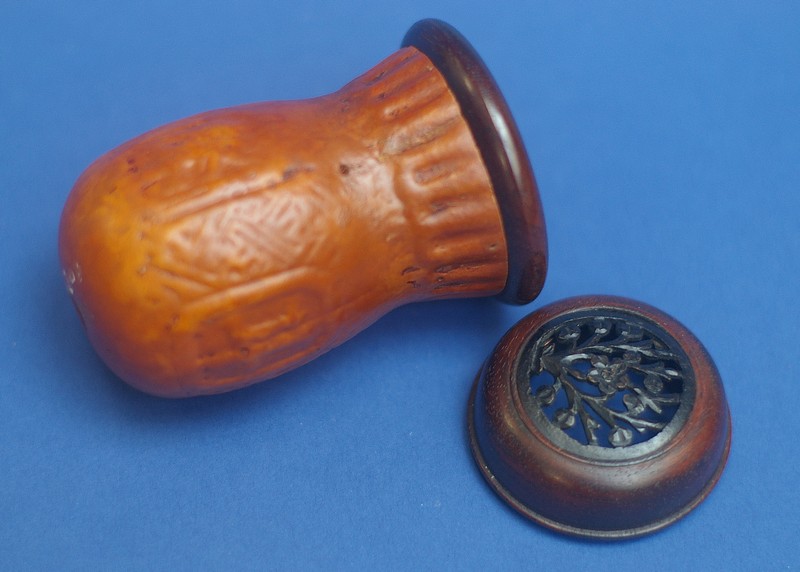
Even the horn of an animal can serve as a cage.
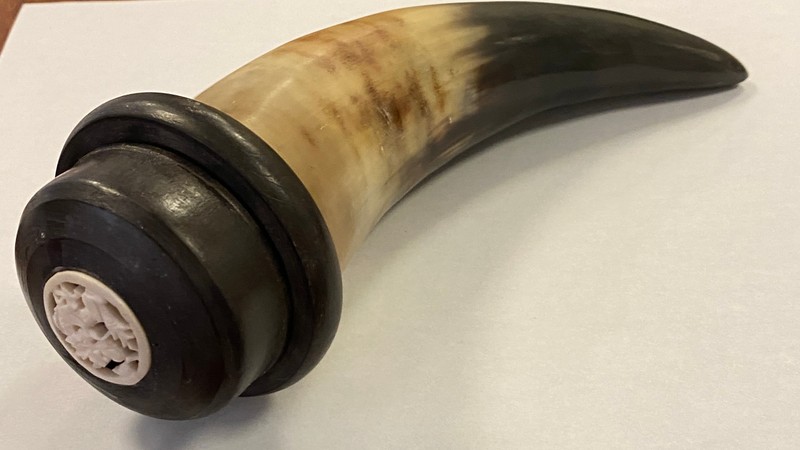
Crickets were so revered that artists depicted them out in the fields.
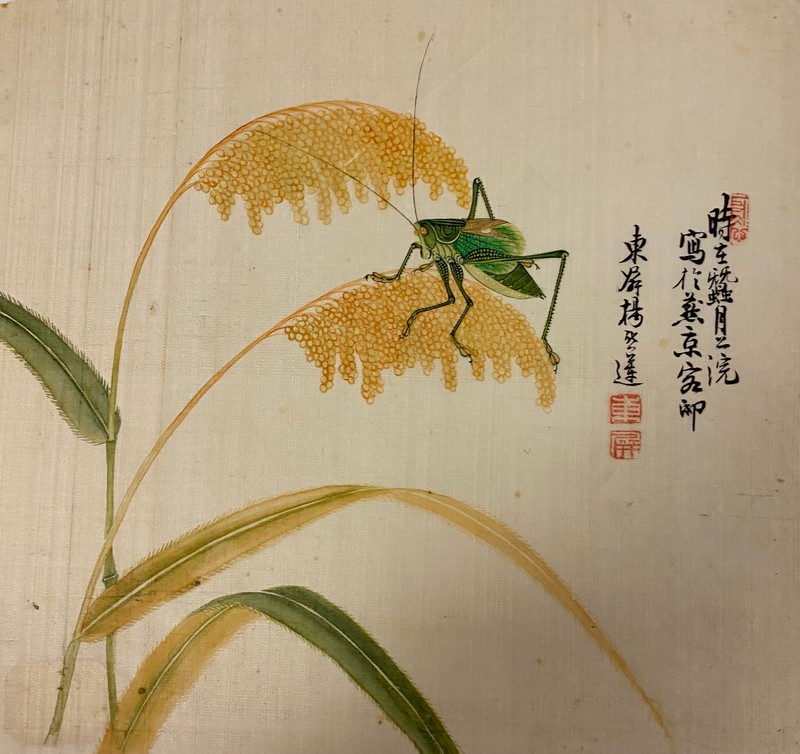
This hungry critter is feasting on an ear of corn.
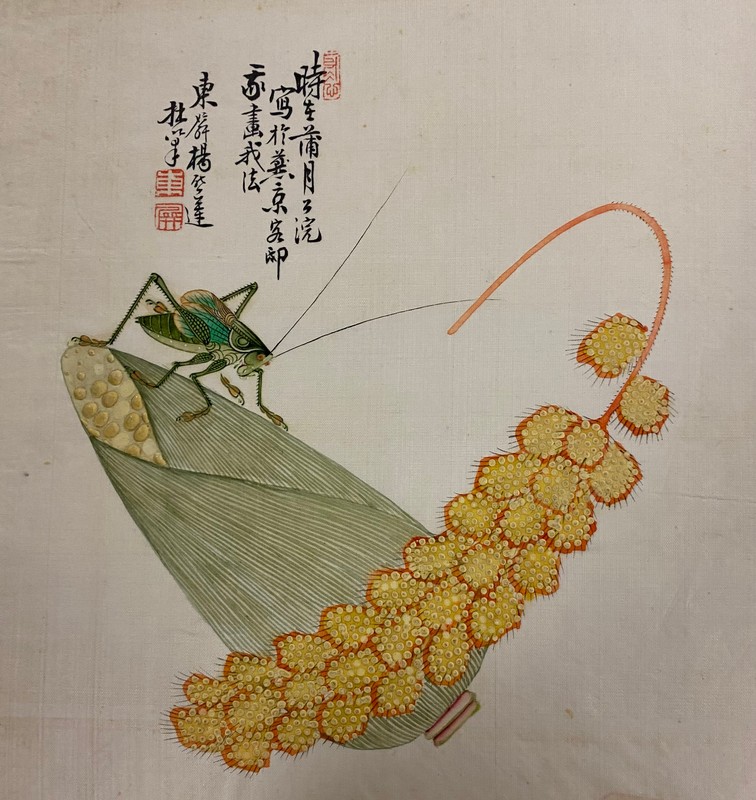
These two crickets are enjoying their leafy greens.
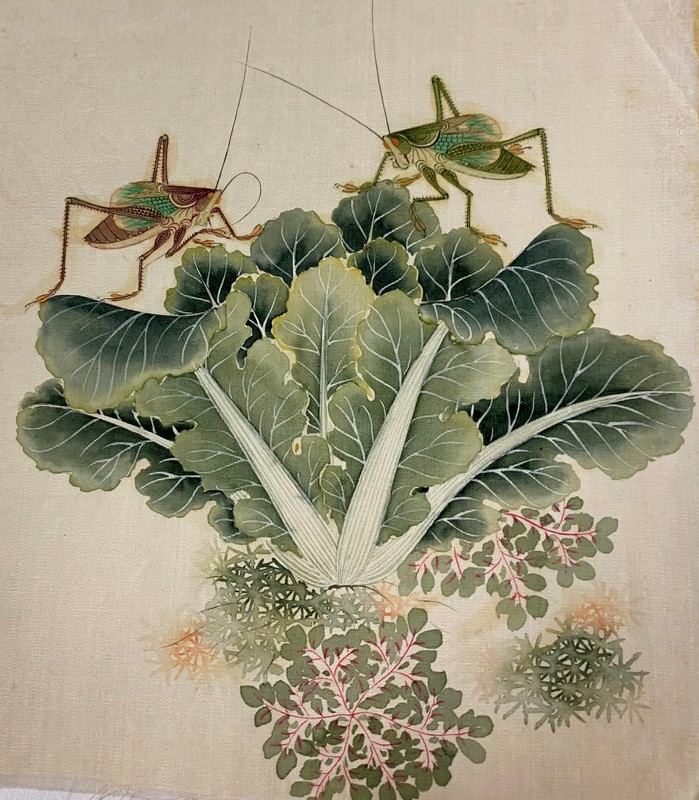
Grain and squash make tasty snacks for this cricket.
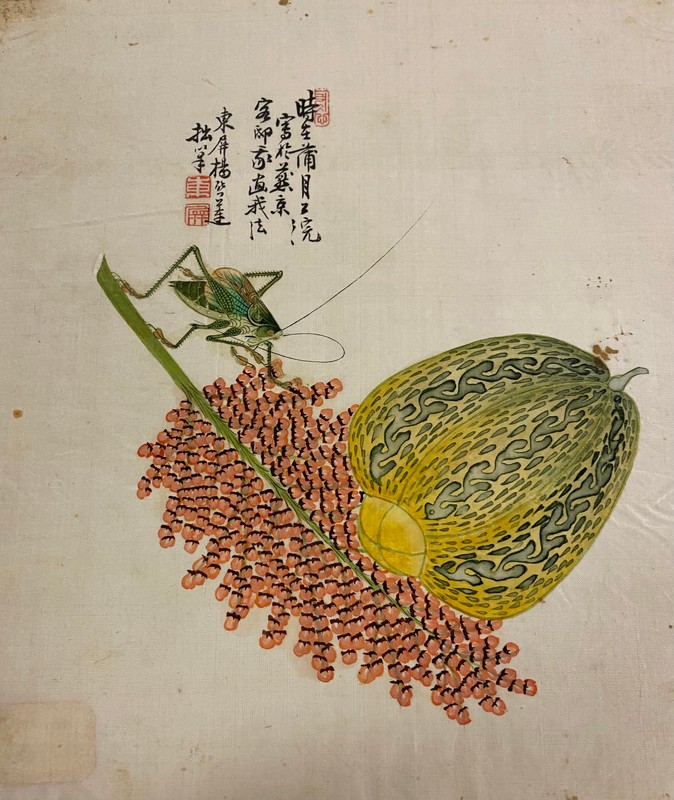
Backstory and Context
Text-to-speech Audio
These prized crickets are cared for like tiny athletes. They have doctors, special diets and dishes. Cages can be simple or elaborate and made of bamboo, wood, ivory, bone, gourds, or even gold...
Before a fight, crickets are weighed to determine whether they will compete as lightweights or heavyweights. Next they are placed in a small container that is split in half by a removable divider. The referee signals the start and slides out the ring divider. The owners poke their crickets with a reed to goad them to fight. The contestants lunge and swipe their mandibles at each other, but in just seconds one falters and cannot keep his grip and backs off, becoming the loser. They do not fight to the finish, just long enough to show they are stronger than their competitor...
“If the moonlight could be heard,..
It would sound like the song of a cricket...”
For more information on crickets and cricket fighting, please refer to the links at the end of the page. On the NPR website, type in "Cricket Fighting" in the search bar. The narration does not match the text, but both are interesting...
Cite This Entry
STW on behalf of Assistance League of Long Beach. "Cricket Champions." Clio: Your Guide to History. January 2, 2024. Accessed April 2, 2025. https://theclio.com/entry/171765/tour/3/reverse
Sources
Ryan, Lisa Gail. Insect Musicians & Cricket Champions: A Cultural History of Singing Insects in China and Japan. China Books & Periodicals, Inc. San Francisco.1996.
Feng, Emily. “Inside the jaw-clenching world of cricket fighting in China.” NPR All Things Considered. October 23, 2021. https://www.npr.org › 2021/10/23 › china-cricket-fighting. Accessed August 8, 2023.
Heather, Hall. "Crickets vs Grasshoppers: Nine Main Differences Revealed." A-Z Animals. September 13, 2022. Accessed September 25, 2023. https://a-z-animals.com/blog/crickets-vs-grasshoppers-9-main-differences-revealed/.
NSF Grant DRL-0628151. "Kids' Inquiry of Diverse Species, Gryllidae, grillons, true crickets." BioKIDS home. June 6, 2002. Accessed September 25, 2023. https://www.biokids.umich.edu/accounts/Gryllidae/.
Asian Art Collection 99.20.05
Asian Art collection 89.14
Asian Art Collection 99.20.03
Asian Art Collection 99.20.01
Asian Art Collection 99.20.06
Howard Collection 78.03 B
Howard Collection 78.03 E
Howard Collection 78.03 F
Howard Collection 78.03 D

